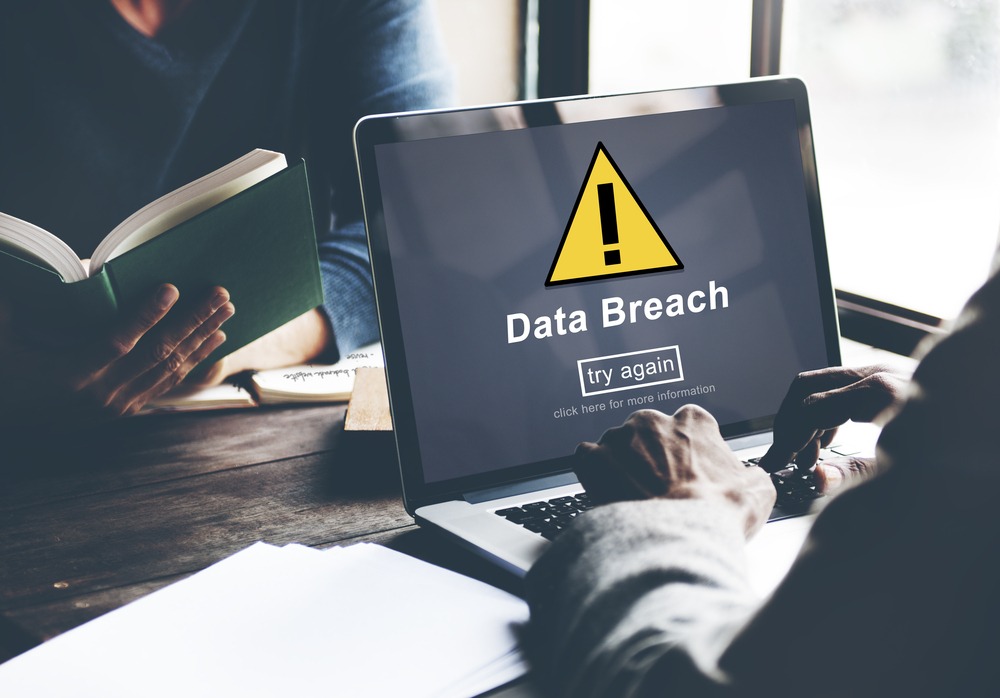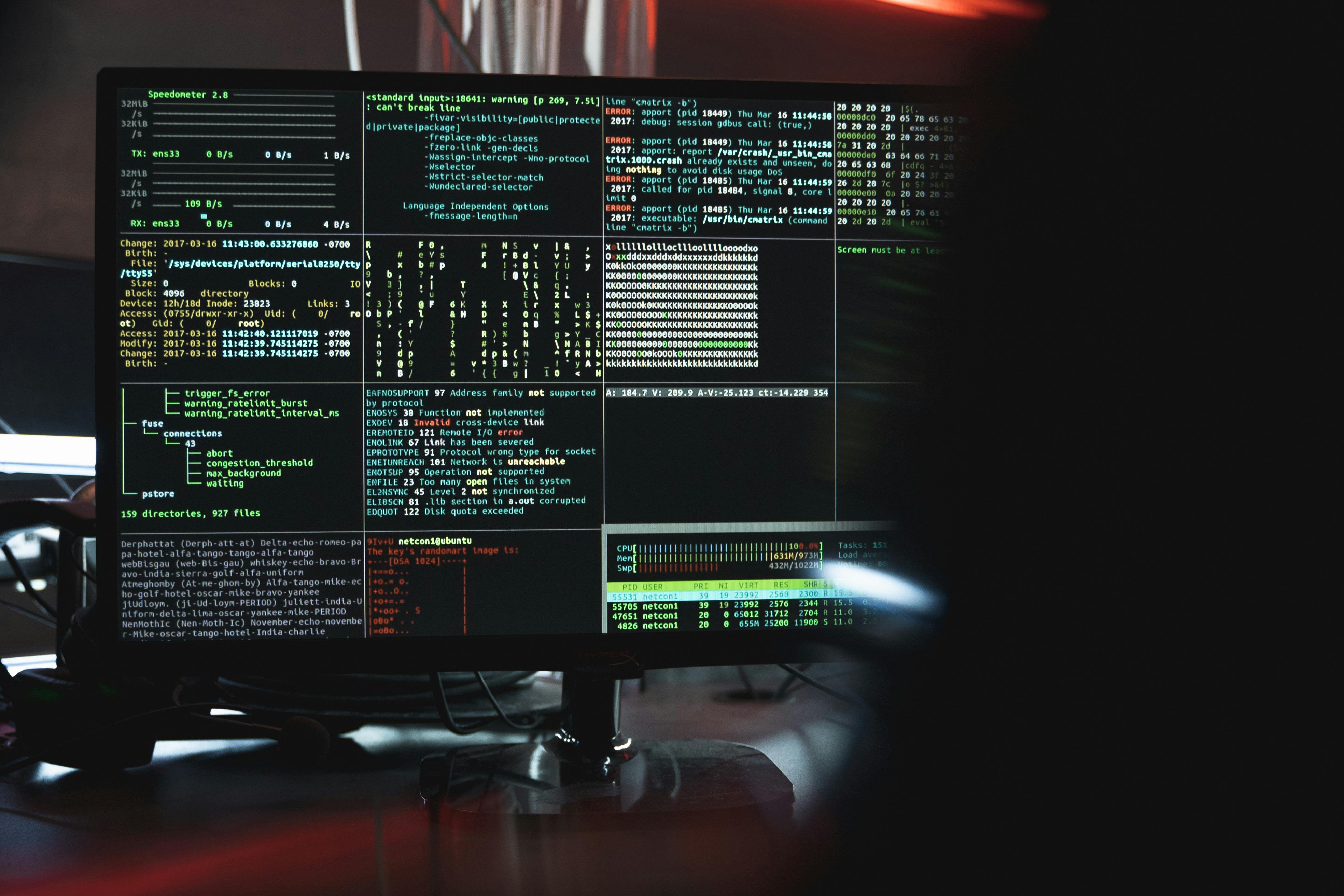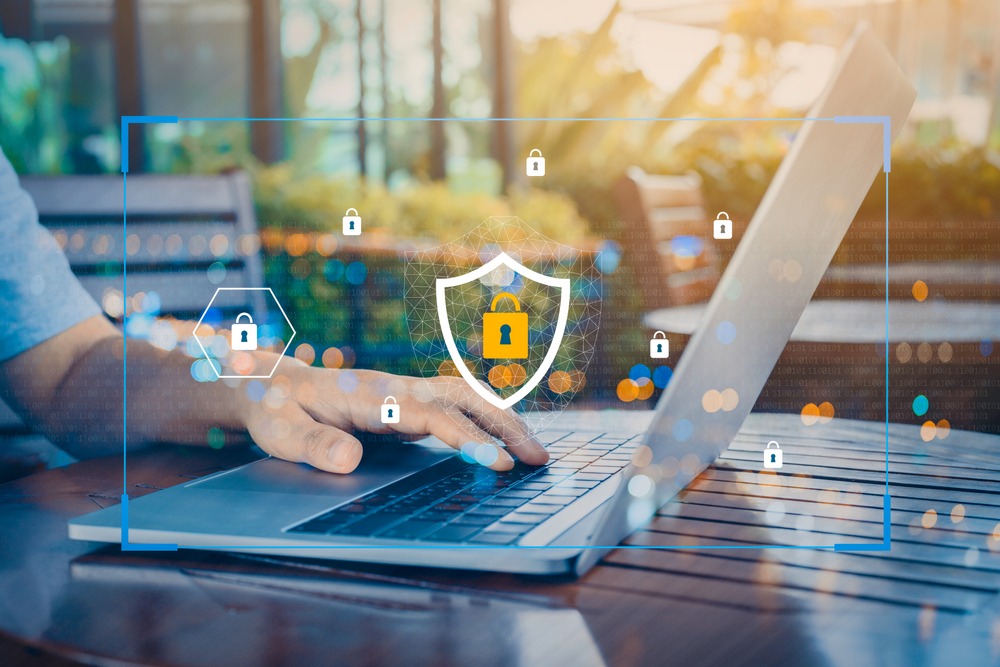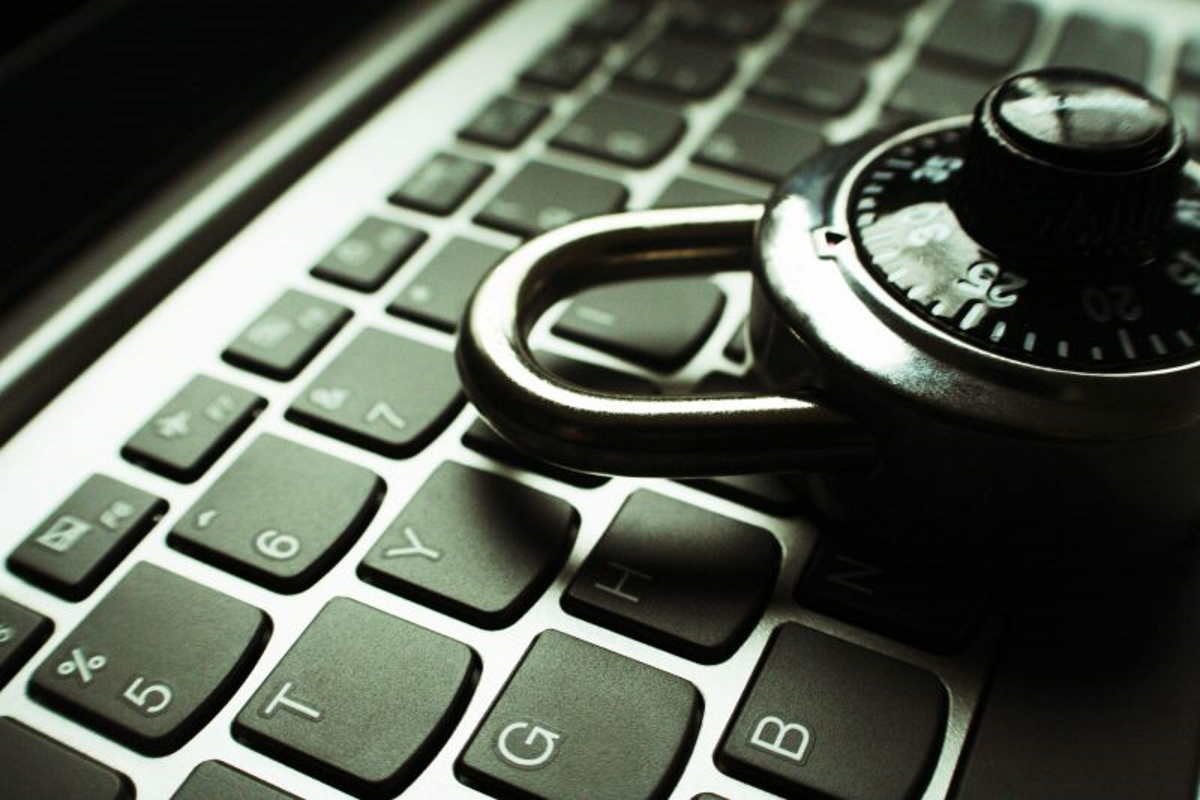Security management software plays a crucial role in modern businesses by safeguarding physical assets, data, and personnel. Whether you’re managing security for a small business or a large organization, this software provides comprehensive tools to monitor, control, and respond to security threats.

When choosing the right security management software, there are key features to look for that will help ensure your business remains secure and your team can effectively manage potential risks. Here are the essential features of security management software.
1. Real-Time Monitoring and Alerts
One of the most critical features of security management software is real-time monitoring. This capability allows businesses to oversee their premises, systems, and networks around the clock. Security software with real-time monitoring can detect and report any suspicious activities as they happen, allowing for a swift response to mitigate risks.
The software should also offer alerts and notifications to inform the security team of potential threats. These alerts can be customized to trigger based on specific events, such as unauthorized access to restricted areas or anomalies in network traffic. Real-time monitoring and alerts give your team the ability to respond immediately and take corrective actions before security incidents escalate.
2. Access Control Management
Access control is an essential part of maintaining security within a company. Security management software should include robust access control features that allow you to regulate who can enter specific areas of your facility or access sensitive data on your network. This can be done using a combination of authentication methods such as keycards, biometric scanners, passwords, and multi-factor authentication (MFA).
Advanced access control systems also offer features like role-based access, which ensures that individuals can only access the information and areas necessary for their job functions. This reduces the risk of internal security breaches and helps maintain a secure working environment.
3. Incident Reporting and Documentation
Security incidents need to be properly documented for future reference and analysis. Security management software should include features for incident reporting and documentation, allowing security personnel to log details about any breaches, suspicious activities, or safety violations. These reports should be easily accessible, categorized, and stored for future audits or investigations.
The software should also allow for the attachment of evidence such as images, videos, and notes related to the incident. A well-documented incident management process helps businesses learn from past events and improve their security protocols over time.
4. Video Surveillance Integration
Video surveillance systems are integral to any physical security setup, and your security management software should support seamless integration with existing CCTV cameras, cloud based security cameras, and recording systems. This feature allows security personnel to monitor live camera feeds from multiple locations within the software’s dashboard.
Some advanced systems also offer video analytics, where the software uses artificial intelligence (AI) to detect patterns, such as loitering, object removal, or motion in restricted areas. This AI-based approach can greatly enhance the efficiency of cloud based security cameras by flagging suspicious activities for further review.
5. Data Encryption and Cybersecurity Features
In addition to physical security, businesses must also protect their digital assets from cyberattacks. Security management software should include robust data encryption features to ensure that sensitive information remains secure from unauthorized access or theft. Data encryption scrambles information in transit and at rest, making it unreadable to anyone without the proper decryption keys.
Moreover, the software should include features that monitor your network for cyber threats like malware, phishing, and hacking attempts. This provides a comprehensive approach to security that covers both the physical and digital realms, helping to prevent data breaches and protect valuable information.
6. Audit and Compliance Tracking
Many industries are subject to strict regulatory requirements for data security and access management. Security management software should include audit and compliance tracking features to ensure your business is adhering to these regulations.
This feature allows for the automatic recording of security events, access logs, and incident reports, which can be reviewed during internal audits or by regulatory bodies.
The software assists companies in proving compliance with industry standards like the General Data Protection Regulation (GDPR), Health Insurance Portability and Accountability Act (HIPAA), or Payment Card Industry Data Security Standard (PCI DSS) by keeping track of all security-related activities.

7. Mobile Accessibility
Being mobile-friendly is crucial in the hectic corporate world of today. Organizations can further enhance their security strategies by exploring comprehensive solutions to monitor user activity across their digital ecosystem. Security management software should offer mobile apps or web-based interfaces that allow security personnel to monitor and manage security operations remotely. Whether responding to alerts, reviewing access logs, or checking live camera feeds, mobile access ensures that security teams can stay informed and respond quickly, even if they are off-site.
Mobile functionality increases the flexibility and responsiveness of your security team, ensuring that no matter where they are, they can take immediate action when necessary.
8. Scalability and Customization
Every business has unique security needs, and your security management software should be customizable to suit those requirements. Whether you are a small business or a large enterprise, the software should be scalable, allowing you to add new features or expand your security setup as your company grows.
Look for software that offers customizable dashboards, reporting formats, and alert systems. This ensures that your security solution can be tailored to your specific operational needs, helping you maintain efficient security management across your entire business.
Look for Security Management Software
Security management software is a vital tool for protecting both physical and digital assets. By choosing software with essential features like real-time monitoring, access control, incident reporting, and data encryption, businesses can ensure a comprehensive approach to security.
Additionally, scalability, mobile accessibility, and compliance tracking enhance the software’s usefulness, allowing it to grow with your business and adapt to ever-changing security challenges.



















